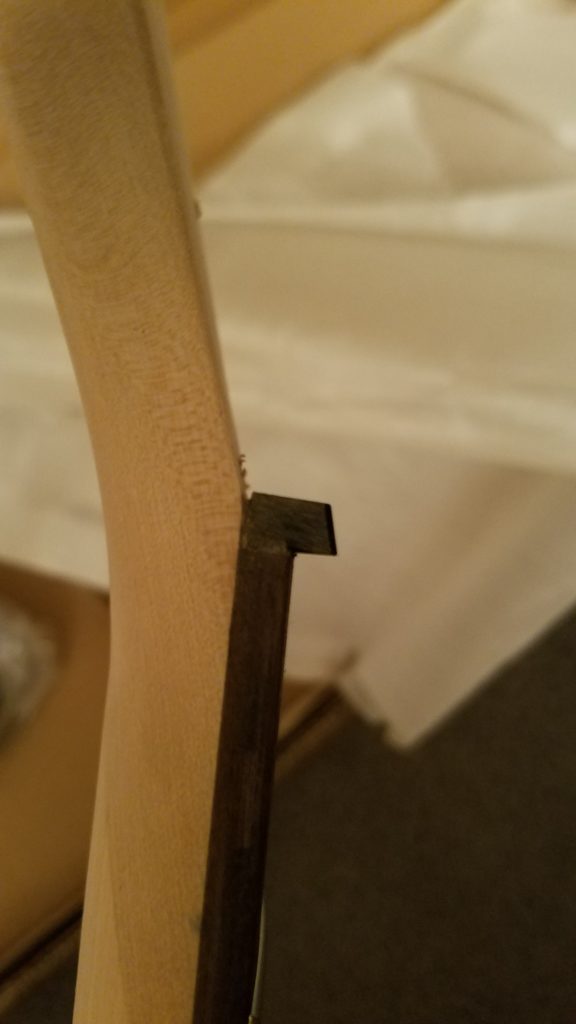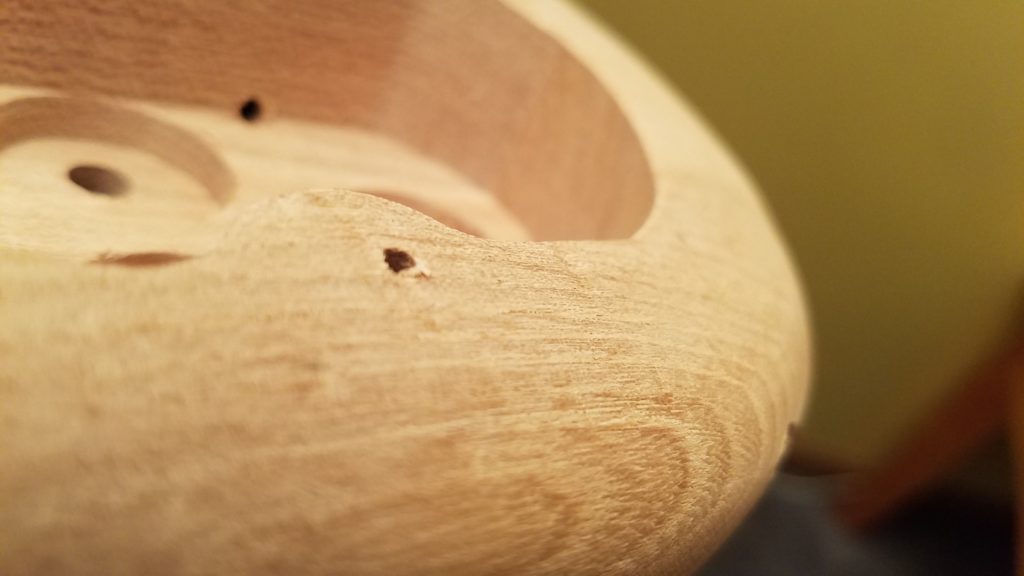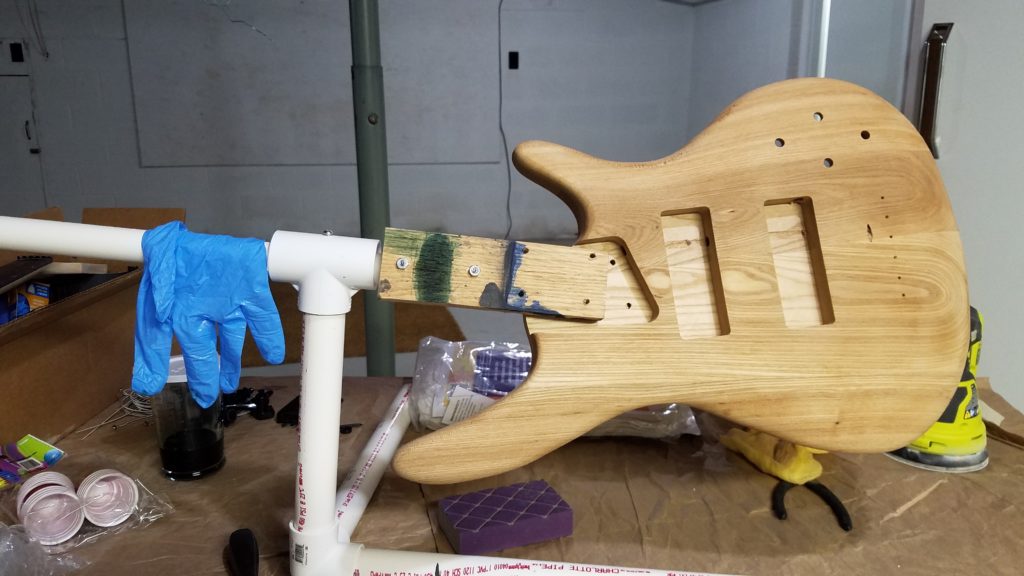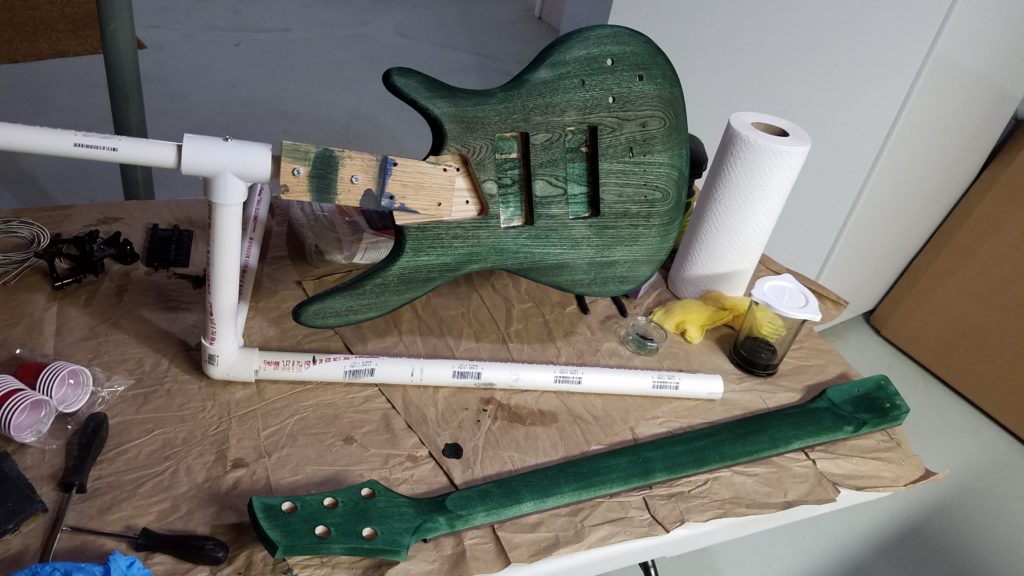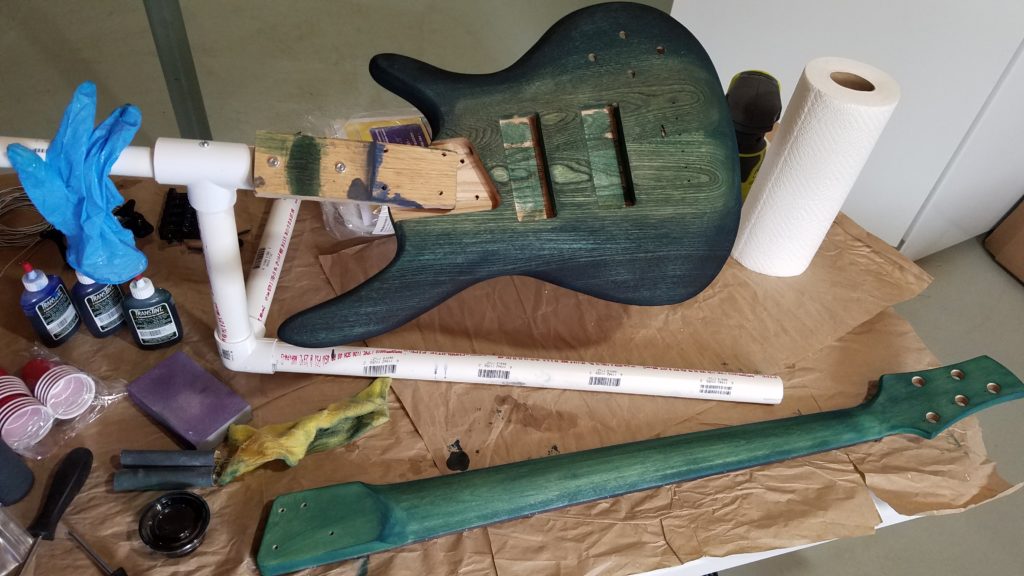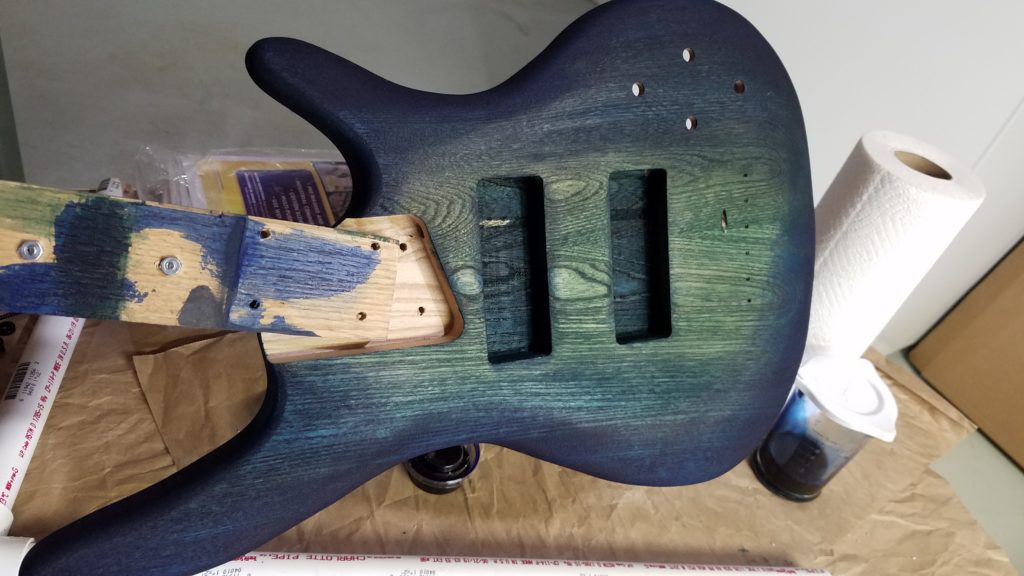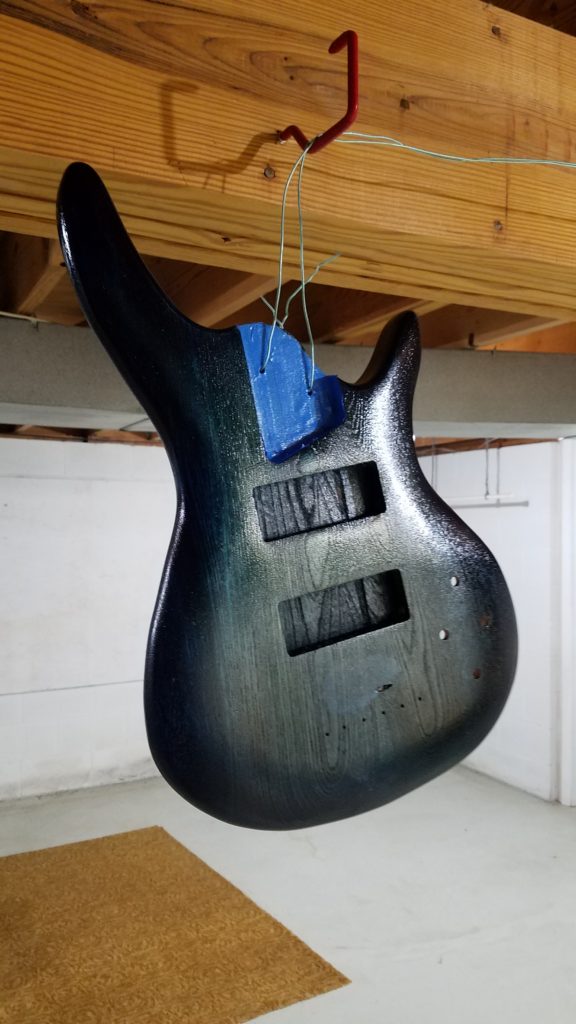I don’t remember when I discovered the problem with Ke Kai, but it was another grounding issue. It was the stereo barrel jack. The lack of instructions provided by the seller meant I had to research the wiring on my own, and it’s been rather lacking out there in Internet land.
Turns out that I had to jumper the unused lug to complete the circuit to ground. I used a small piece of spare wire, and that eliminated the hum.
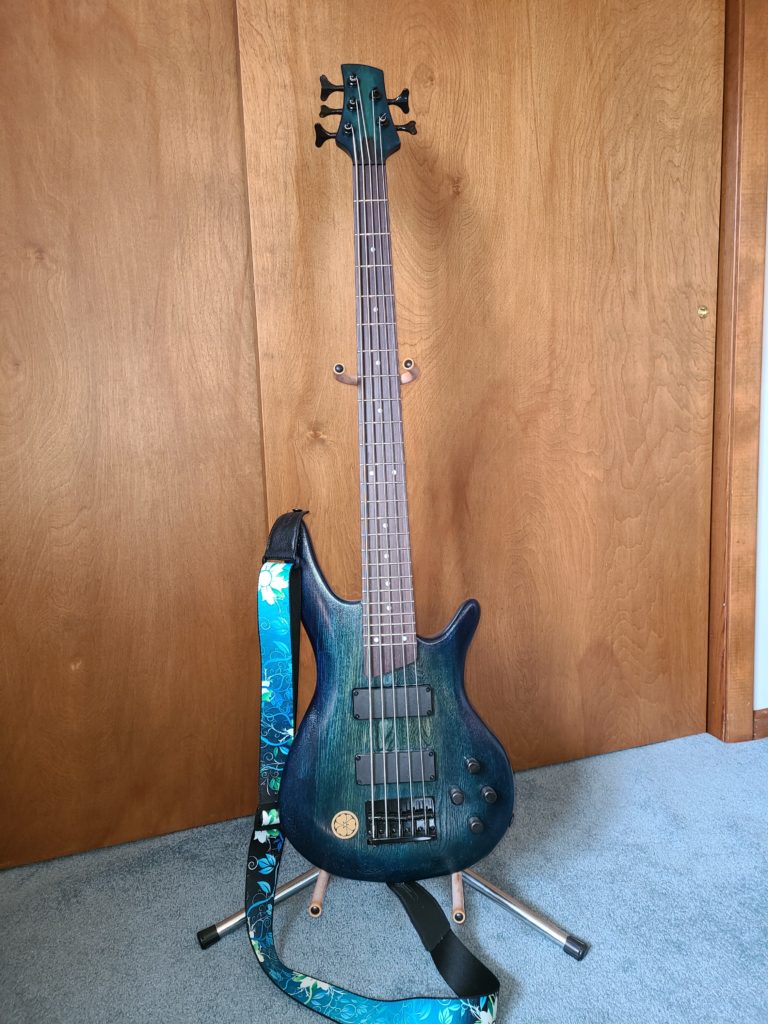
And that was apparently also the issue with Cabernet. After we got up to the up-north house, I looked at all of my wiring under the pickguard. Everything was nice and secure.
On the flip-side, however, in the spring cavity, that might have been the culprit. The ground wire was loose from the spring claw. Solder doesn’t stick well to shiny chrome.
Using my Leatherman, I scuffed the metal and resoldered the wire, making sure it was nice and secure. At first test on my travel amp, I couldn’t hear any buzz. The real test will be back at home on the bigger amp.

